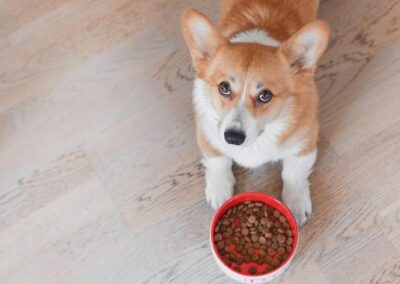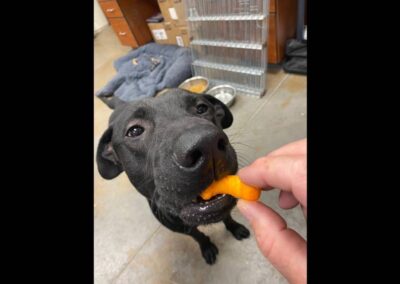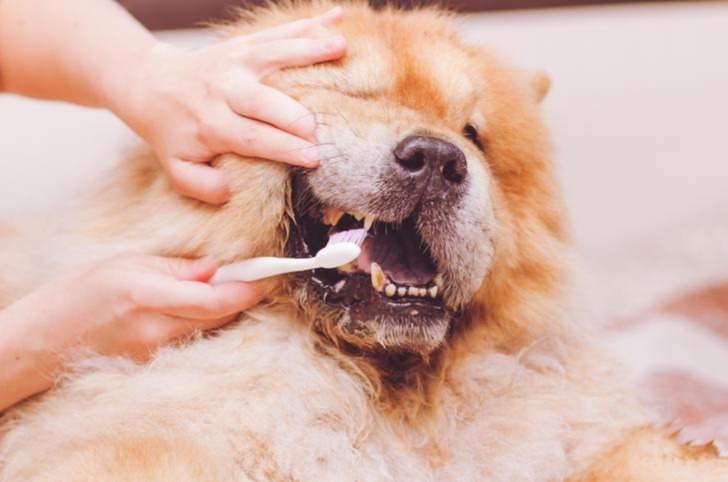
We all love to see our dogs with a big, happy grin. That excited, toothy smile is a classic sign of joy. But for millions of dogs, that smile hides a secret—a silent and often painful battle with dental disease.
In fact, by the time they are just three years old, a staggering 80% of dogs have some form of periodontal disease.
It’s a shocking statistic, but the good news is that you have the power to change it.
Think of your dog’s mouth as the gateway to their overall health. When bacteria build up from food and plaque on their teeth, it can lead to gingivitis and, eventually, a full-blown infection.
This isn’t just a matter of stinky breath; the bacteria from a dental infection can travel through the bloodstream and impact vital organs like the heart, liver, and kidneys.
Poor dental hygiene can, and does, lead to serious, life-threatening illnesses. It’s a quiet threat that goes unnoticed until the damage is already done.
So, what are the red flags you should be looking for? The most obvious sign is bad breath. If your dog’s breath is so foul it could clear a room, that’s not normal “dog breath.” It’s a sign of a bacterial infection.
Other signs include red, swollen, or bleeding gums, a yellow or brown buildup of tartar on their teeth, or loose teeth.
You might also notice your dog showing a reluctance to chew on their favorite toys or a change in their eating habits, as dental pain can make it difficult for them to eat.
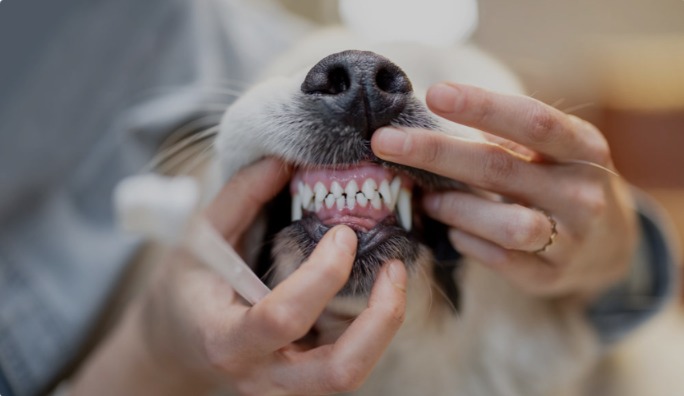
The gold standard for at-home dental care is simple: brushing your dog’s teeth daily. I know, it sounds like a hassle, but it’s the most effective preventative measure you can take. To make it a positive experience, start slow.
Use a finger brush or a gauze pad with a little bit of dog-specific toothpaste (never use human toothpaste, as it contains ingredients that can be toxic to dogs). Let your dog lick the toothpaste first, then gently introduce the brush.
Over time, they’ll get used to it. The key is to be consistent and to make it a calm, rewarding part of your daily routine.
While brushing is essential, it’s not a complete solution. Just like us, dogs need professional help. Your vet is your best partner in this fight.
They will recommend professional dental cleanings under anesthesia. This allows them to do a thorough exam, take X-rays to check for issues below the gumline, and perform a deep cleaning to remove plaque and tartar buildup.
While the thought of anesthesia can be scary, it is the safest way to ensure a complete and pain-free cleaning.
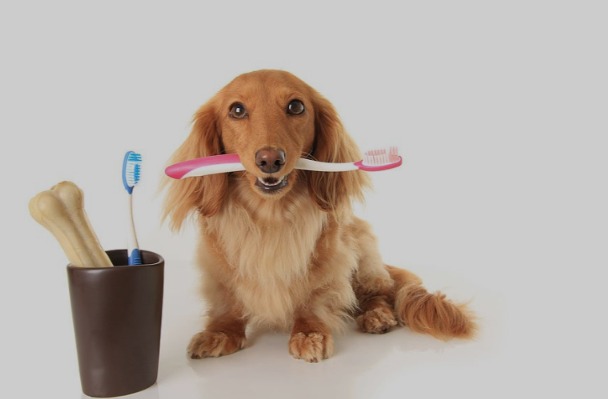
What about all the other dental products out there? They can be part of a complete strategy, but it’s important to choose wisely. Look for products that have the VOHC (Veterinary Oral Health Council) seal of approval.
This means the product has been scientifically proven to help reduce plaque and tartar. These can include dental chews, specially designed kibble, and water additives or gels.
They are great tools, but they should be used as supplements to daily brushing and not as a replacement.
Ultimately, dental care isn’t about giving your dog a sparkling white smile.
It’s about giving them a long, healthy, and pain-free life. It’s a proactive choice to protect them from a hidden threat.
So, next time you see that happy grin, take a moment to look at their teeth.
That simple act of care could be the most important thing you do for your best friend all day.
